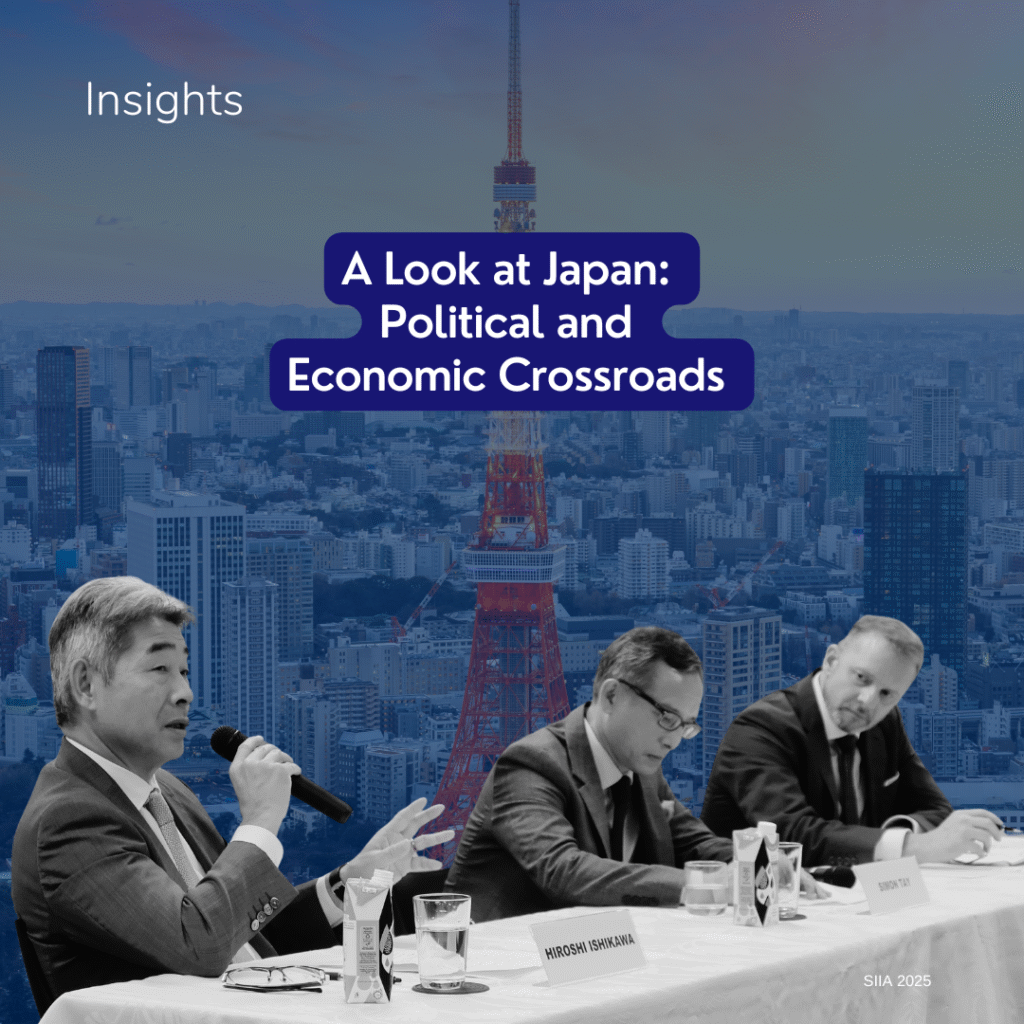Last week, Saudi Arabia, the United Arab Emirates (UAE), Egypt and Bahrain severed diplomatic ties with Qatar and cut off the country’s land, sea and air links. The Saudi-led coalition cite Doha’s support for ‘terrorist’ groups and Iran, charges Qatar calls “baseless”. While the long-term fallout is unclear, thus far there appears to be little cause for concern for ASEAN.
Stability in the near future
The Philippines has temporarily suspended deploying workers to Qatar, but most Asian states have not sounded alarm bells.
In terms of energy markets, Qatar is a major global exporter of liquefied natural gas (LNG) – but so are several ASEAN economies. Qatar’s energy exports are also looking to be in a relatively stable position despite the blockade. Though other links have been cut, the UAE has kept its gas pipeline with Qatar open. Thus far Qatar has also been able to maintain export volume by diverting sea cargo through Oman, albeit at a higher cost.
Countries like Singapore who import energy from companies rather than Qatar directly also have an extra layer of insulation against supply shocks, with firms having diverse LNG sources.
Long run costs could snowball if not managed
However, there could be costs should the diplomatic stand-off be prolonged. Standard & Poor’s (S&P) have cut Qatar’s credit rating one notch to AA- over concerns about Qatar’s economic stability in the long run.
For countries like the Philippines, who depend on foreign worker remittances for almost 11 per cent of annual GDP, Qatar’s worsening economic position could have serious ramifications.
In addition, while Qatar’s sea route diversions might be effective in the short run, in the long run, the extra distance and time incurred could drive up regional and global gas prices.
Trade with Qatar remains a fraction of ASEAN’s current account. However, the bigger cause for concern for ASEAN as a whole could be the impact on FDI inflows. Investments from the Gulf have been increasing over the years, primarily targeting Southeast Asia’s energy sector. For instance, the UAE investment organisation Mubadala has a joint venture with Malaysia’s PETRONAS for offshore gas exploration in Sarawak. The sanctions and diplomatic standoff could potentially damage the economic outlook for all the Gulf nations in the longer term, not just Qatar, meaning investment in ASEAN could take a hit.
Wait-and-see
However, thus far there has been little examination of the long-term economic impact of the Gulf crisis. Energy markets are generally slow to react to political instability in the region. In 1990, the Gulf War only caused prices to jump for a few months, and in 2011 the Arab Spring barely moved the needle on energy prices. Currently oi prices have fallen back to just above $50 a barrel, after an initial reactionary spike.
Qatar seems to be maintaining a wait-and-see approach to the crisis. Southeast Asian countries can afford to do so too.
Sources:
Gulf Arab Foreign Direct Investment (FDI): ASEAN Targets of Opportunity [Middle East Institute, 20 March 2013]
Personal remittances, received (% of GDP) [World Bank Data, extracted on 15 June 2017]
The U.A.E. Needs Qatar’s Gas to Keep Dubai’s Lights On [Bloomberg, 8 June 2017]
Philippines blocks workers heading to Qatar amid fears Gulf diplomatic crisis could lead to food shortages and riots [South China Morning Post, 12 June 2017]
Why Gulf-Qatar tensions mean little for energy prices [Livemint, 6 June 2017]
Gulf crisis unlikely to hit Singapore LNG supplies [The Straits Times, 8 June 2017]




